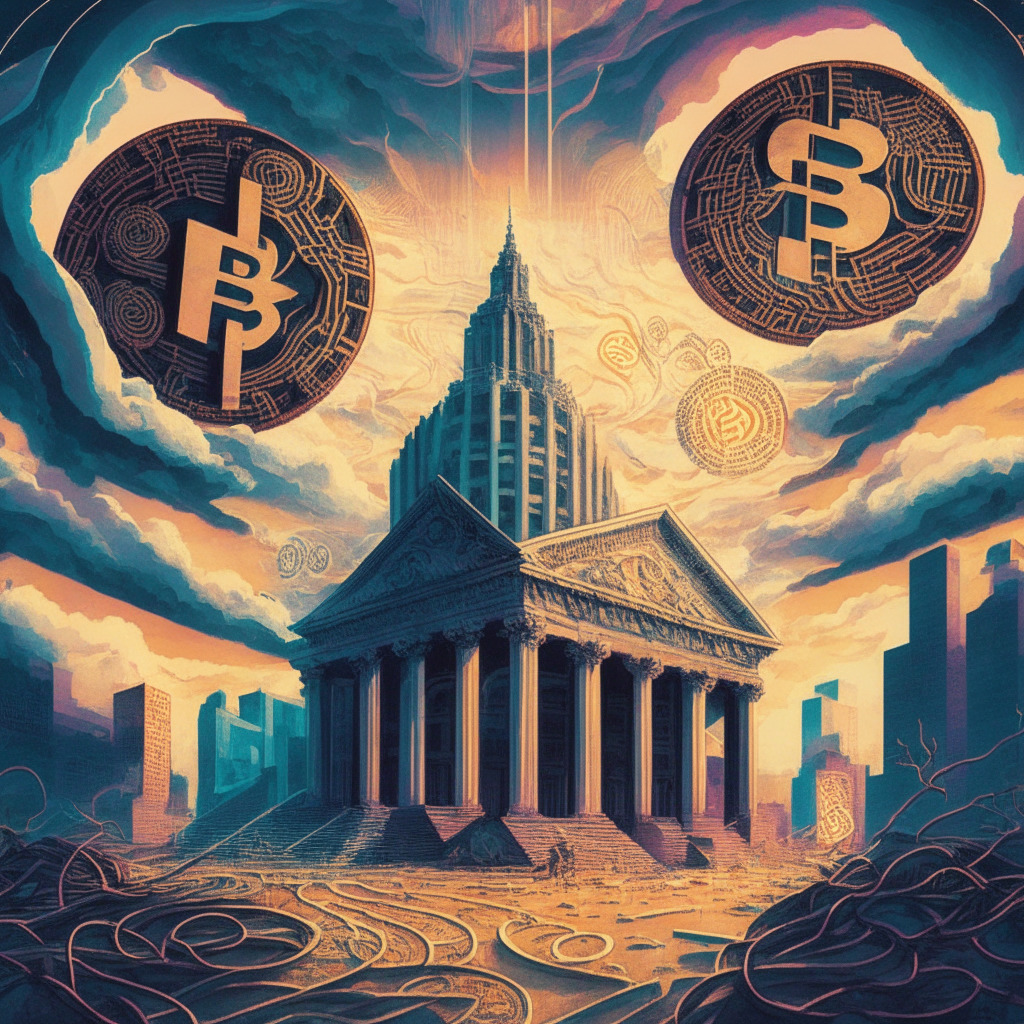The Monetary Authority of Singapore (MAS) has recently proposed standards for using digital money on a distributed ledger, which includes central bank digital currencies (CBDCs) and tokenized bank deposits. A technical white paper was produced in collaboration with the International Monetary Fund (IMF), Banca d’Italia, Bank of Korea, financial institutions and fintech firms. This proposed common protocol specifies the conditions under which an underlying digital money can be utilized.
It is worth noting that corporations such as Amazon, finance company FAZZ, and superapp creator Grab are collaborating on a pilot project supporting escrow arrangements for online retail transactions. Payments would only be released to the merchant after the customer receives the purchased items. The white paper not only addresses technical specifications but also delves into business and operating models for the programmability of arrangements.
However, the programmability of digital money has been a point of contention among regulators. For example, EU regulators have included a provision in digital euro legislation which states that such currency should not be programmable, as it could limit the freedoms of use that are currently afforded by cash. Operators will need to guarantee that the programmability of digital money does not come at the expense of its ability to serve as a medium of exchange. The preservation of the singleness of money is crucial, and programmability should not restrict the distribution of money nor cause fragmentation of liquidity within the system.
The proposed protocol is specifically designed to work with various ledger technology and forms of money. By standardizing the format, users will be able to access digital money through the wallet provider of their choice. Sopnendu Mohanty, MAS’ chief fintech officer, commented on the collaboration, stating that it has resulted in advances in settlement efficiency, merchant acquisition, and user experience with digital money. Mohanty further emphasized the importance of digital money as a potential key component in the future financial and payments landscape.
In summary, MAS’ proposed standards for using digital money raises several significant points of discussion, such as the pros and cons of programmability and the potential impact on merchants, consumers, and the broader financial ecosystem. As this technology continues to evolve, the balance between innovation and regulation will be vital in ensuring that digital money can serve its intended purpose as a medium of exchange without compromising financial stability and user experience.
Source: Coindesk




